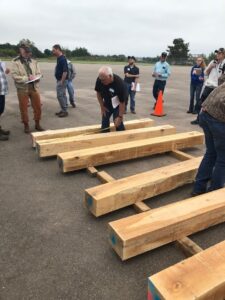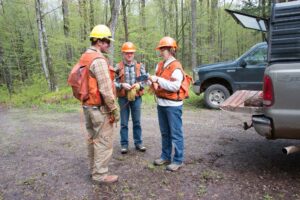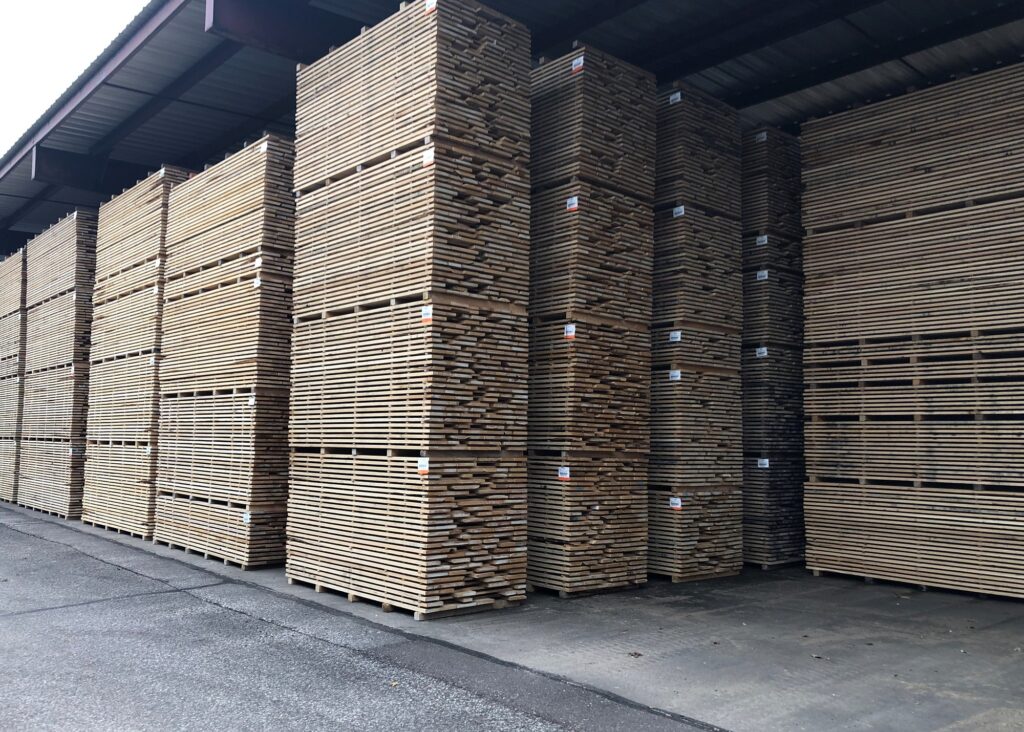The Department of Agriculture’s Forest Inventory and Analysis (FIA) program is the nation’s “Forest Census” and has been ongoing, in one form or another, since the 1930s. The U.S. Forest Service (USFS) manages this program with its state partners, allowing every state to get a snapshot of the condition of its forestland in a given year.
FIA data is frequently used to understand how forests across the state are changing over time. This analysis informs sound forest management and planning, allows Wisconsin’s forest products industry to evaluate timber availability and helps us better understand the forests that we use for many purposes.








